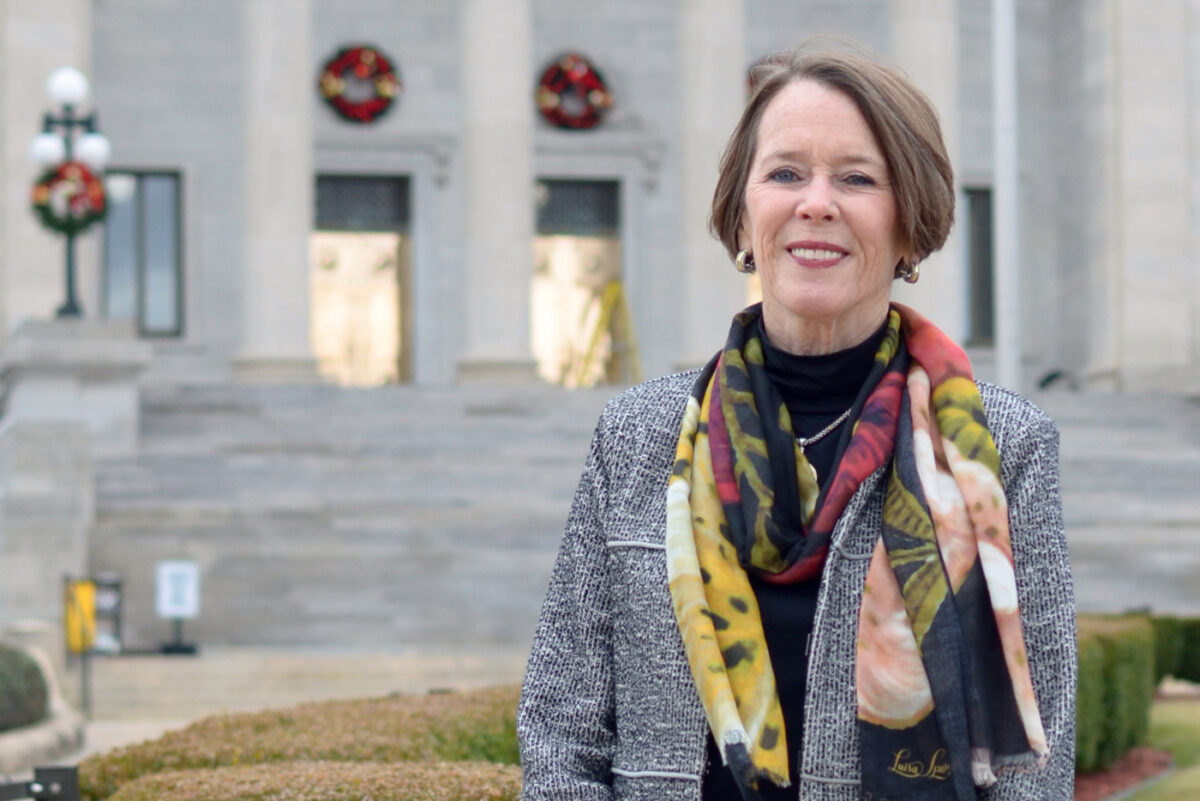On April 9, the U.S. Census Bureau’s Small Area Health Insurance Estimates (SAHIE) program released a summary of 2017 estimates for health insurance coverage for all counties in the U.S. Highlights of the summary included the following findings:
- For the population under 65, the median county uninsured rate nationwide was 10.6 percent, ranging from 2.3 to 33.7 percent.
- Between 2013 and 2017, 95 percent of U.S. counties (2,996 of 3,142) experienced a decrease in the uninsured rate for the population under age 65.
- In 2014, the major coverage provisions of the Affordable Care Act became effective.
- For the same population, however, 183 counties experienced an increase in the uninsured rate between 2016 and 2017, up from eight counties in the year-to-year estimate from 2015 to 2016.
Arkansas continued to compare well to our surrounding states in 2017 (see Figure 1), with 74 of 75 counties (98.7 percent) experiencing uninsured rates of 15 percent or below for the population under 65, and more than two-thirds of Arkansas counties (55 of 75) with rates of 10 percent or below. Statewide, the uninsured rate for those under 65 was 9.3 percent (226,179 people), down from 18.8 percent (458,780 people) in 2013 prior to expansion of Arkansas Medicaid.
Despite the expansion of Medicaid coverage to low-income Arkansans (at or below 138 percent of the federal poverty level), nearly one-fifth of the expansion-eligible population remains uninsured, according to SAHIE data. Four counties (Sevier, Yell, Sebastian, and Benton) experienced rates of uninsured among the expansion-eligible population of 25 percent or more in 2017, suggesting that more enrollment outreach may be needed in these areas.
Importantly, the estimated size of the adult population in Arkansas with incomes at or below 138 percent of the federal poverty level and thus potentially eligible for the expanded Medicaid coverage declined by roughly 53,000 between 2013 and 2017, suggesting improvements in individual or household income among this population or an improving economy, or both. These data predate implementation of the work and community engagement requirements implemented within the state.







